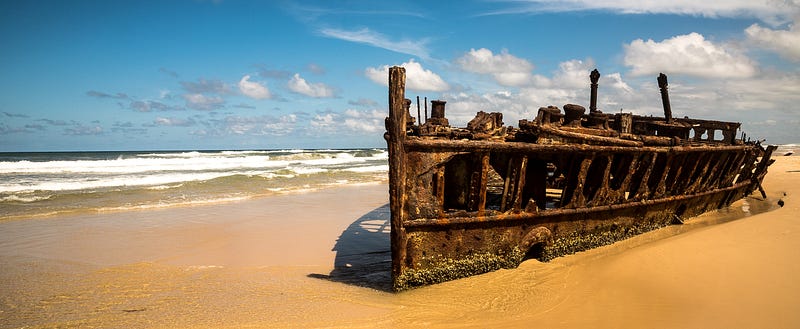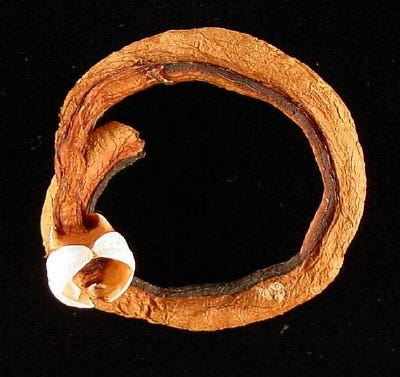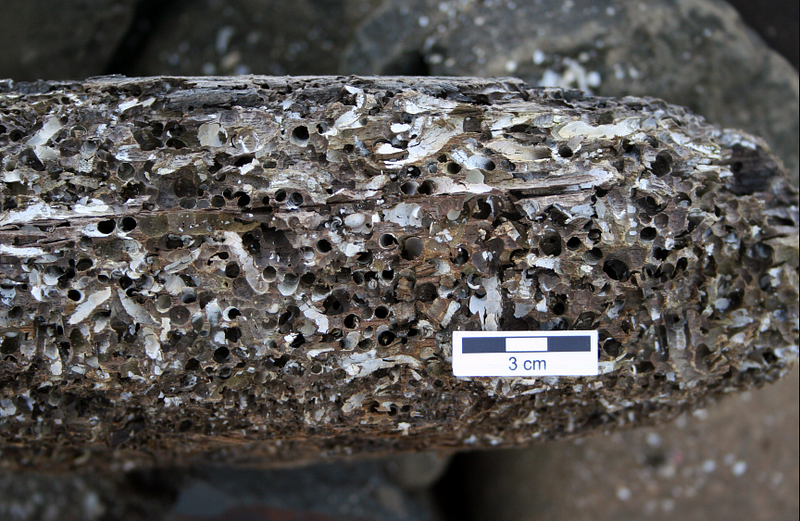Shipworms: The Intriguing Clams of the Sea and Their Impact
Written on
Chapter 1: Understanding Shipworms
What exactly are shipworms, and why do they matter?
These unusual, worm-like clams have existed for over 150 million years and may hold the key to developing new antibiotics and biofuels. Commonly referred to as the 'termites of the sea' or teredos, these marine bivalves belong to the family Teredinidae and include more than 150 species.
Shipworms possess soft, elongated bodies with a hard shell at one end, which they utilize to consume wood. They are known to burrow into submerged wood, feeding on it while making their homes within it. Their destructive nature was first documented by Dutch researchers in the late 1700s, as they began threatening colonial ships.

Shipworm borings are distinctive; the creatures leave behind a thin layer of calcium carbonate as they tunnel. In the case of the giant shipworm, this casing can reach lengths of several feet.
Interestingly, a variety known as Tamilok, which feeds on mangroves, is considered a delicacy in the Philippines. The oldest shipworm fossils date back to the Upper Jurassic period in Japan. However, trace fossils suggest that they existed even earlier.
As shipworms burrow into wood, they leave what are known as trace fossils—evidence of their behavior rather than their physical remains. These borings, filled with sand, are preserved as Teredolites, a type of trace fossil. Such fossils are commonly found in shallow marine sandstones from the Cretaceous period, particularly in southern Utah, indicating the presence of wood that had drifted into the ocean.

Teredolites trace fossils have been documented throughout geological history. However, interpreting the diversity and abundance of species over time is challenging due to variable fossil preservation rates.

Chapter 2: The Future of Shipworms
The future of shipworms may present both advantages and challenges. These organisms harbor symbiotic bacteria in their gills that are currently being researched for potential antibiotic properties, which could be crucial in combating rising drug resistance.
The enzymes produced by these bacteria help shipworms digest wood, a unique feature not seen in other animals. This discovery could lead to innovative methods for creating biofuels from wood waste, converting cellulose into sugars necessary for ethanol production.
With climate change affecting marine environments, shipworms' habitats are expanding, particularly as they thrive in warmer waters. They reproduce during warmer months and release thousands of free-floating larvae, raising concerns about their impact on wooden structures in places like Venice, Italy.
In the Pacific Northwest, there are worries that shipworms could threaten wooden infrastructure previously safeguarded by freshwater systems. As climate change leads to droughts, the reduction of freshwater flow allows saltwater to penetrate further upstream, bringing shipworms along with it. This scenario illustrates one of the many secondary effects of climate change.
Resources
[5] Mulhern et al., in revision, When is a barrier island not an island? when it is preserved in the rock record. Frontiers in Earth Science.